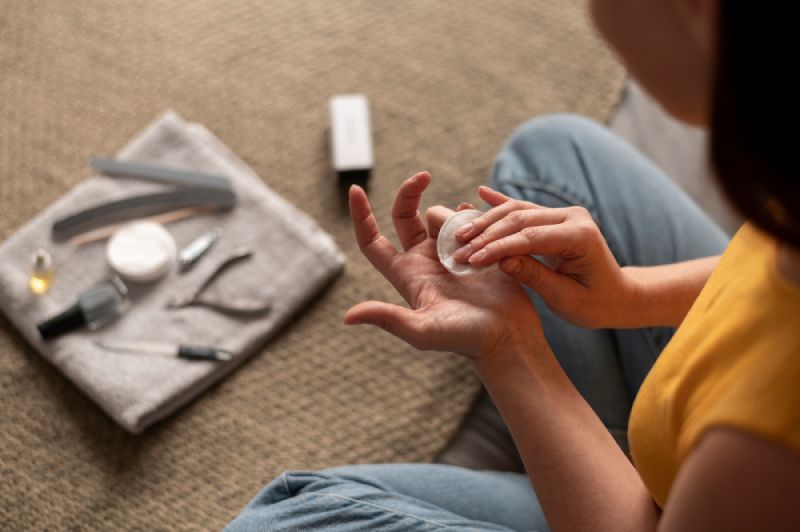Diabetes can affect various parts of the body, including the nails. Although not every person with diabetes will experience changes in their nails, some may notice visible differences due to the impact of the disease on circulation and overall health. We will explore the common changes in nail appearance associated with diabetes and discuss how to manage and prevent these conditions.
Common Nail Changes in People with Diabetes
People with diabetes may experience various changes in their nails, including:
- Yellowing of the nails: Diabetic patients may notice a yellowish discoloration of their nails. This can be caused by poor circulation, which can lead to the accumulation of certain proteins in the nails, resulting in the yellow color.
- Slow nail growth: Reduced blood flow to the nail matrix can slow down nail growth in people with diabetes.
- Nail thickening: Diabetes can cause the nails to become thicker, which may be a result of fungal infections or other underlying conditions.
- Onycholysis: This condition, characterized by the separation of the nail plate from the nail bed, can be more prevalent in people with diabetes due to poor circulation and increased susceptibility to infections.
- Nail ridges: Vertical or horizontal ridges may appear on the nails of individuals with diabetes, reflecting changes in the nail matrix due to impaired blood flow.
- Paronychia: Diabetes can increase the risk of developing paronychia, an infection of the skin surrounding the nails, leading to redness, swelling, and pus formation.
It is important to note that not all nail changes are specific to diabetes, and other factors or conditions can contribute to these symptoms. If you notice any unusual changes in your nails, it is essential to consult a healthcare provider for an accurate diagnosis and appropriate treatment.
Managing and Preventing Nail Changes in Diabetics
Proper nail care is crucial for people with diabetes, as it can help prevent complications and maintain overall nail health. Here are some tips for managing and preventing nail changes in people with diabetes:
- Control blood sugar levels: Keeping blood sugar levels within target ranges can help reduce the risk of nail-related complications by promoting healthy circulation and reducing susceptibility to infections.
- Practice good nail hygiene: Clean and trim your nails regularly, keeping them short and filed to prevent injury and reduce the risk of infection.
- Avoid cutting cuticles: Cutting your cuticles can increase the risk of infection. Instead, gently push them back using a cuticle stick.
- Wear well-fitting shoes: Choose shoes with ample room for your toes to prevent pressure on the nails, which can cause damage and increase the risk of complications.
- Inspect your feet and nails daily: Check your feet and nails daily for any signs of injury, infection, or other issues, and consult a healthcare provider if you notice any concerns.
- Consult a podiatrist: If you have diabetes and experience nail-related issues, consider seeing a podiatrist for specialized care and treatment recommendations.
Conclusion
Nail changes in people with diabetes can manifest in various ways, such as yellowing, slow growth, thickening, separation from the nail bed, ridges, or infections. While these changes are not specific to diabetes, they can be related to the impact of the disease on circulation and overall health. By maintaining proper blood sugar control, practicing good nail hygiene, and seeking professional care as needed, individuals with diabetes can manage and prevent nail changes and maintain healthy nails.
It is essential for people with diabetes to be aware of potential nail issues and to consult a healthcare provider if they notice any unusual changes. Early intervention can help prevent complications and ensure appropriate treatment for any underlying conditions. Remember that good nail care is an important aspect of overall diabetes management, and taking the time to care for your nails can contribute to better health and well-being.
